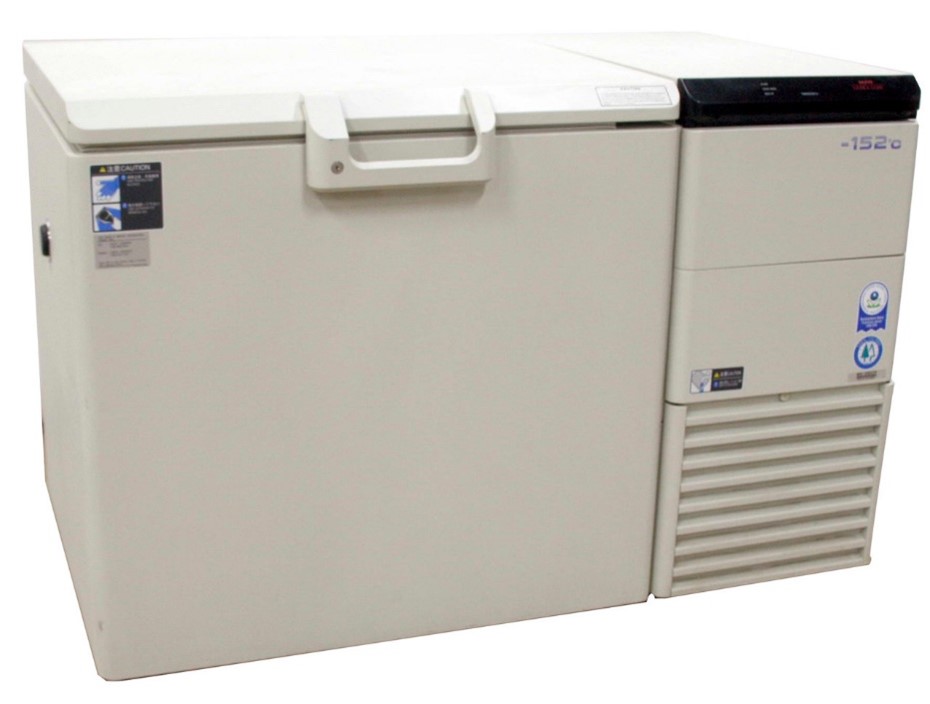Most standard RFID tags have an operating temperature range of -4 to 150 degrees F. But cryogenic freezers used in the research world go down to -150 or even -190 degrees F. So, RFID tags shouldn’t work in that environment, right?

But there are specialty tags that will work down to that temperature. So, is there something special about them? Sort of, they are usually standard tags that are tested and sorted down to the ones that work in the extremely low temperatures required for cryogenic freezers.
The semiconductor chips themselves will operate at temperatures even colder than -190 F, but there is more to an RFID tag than just the semiconductor, there are wire bonds, the antenna, the label stock and adhesives.

So, with the help of one of our long term customers, we did some testing of our own. We took standard Zebra RFID labels, applied them to the specimens and then put them in the freezer. A few days later, what did we find? They all were able to read fine.
The application is for tracking these specimens through a long period of time. At any point, a specimen may need to be retrieved for comparison or further testing. RFID tags on the specimens will allow for frequent inventory and immediate retrieval since their location will be immediately known.
If you are looking for the kind of trusted partner that will help you explore the fringes of technology, the EMP Tech Group is for you.